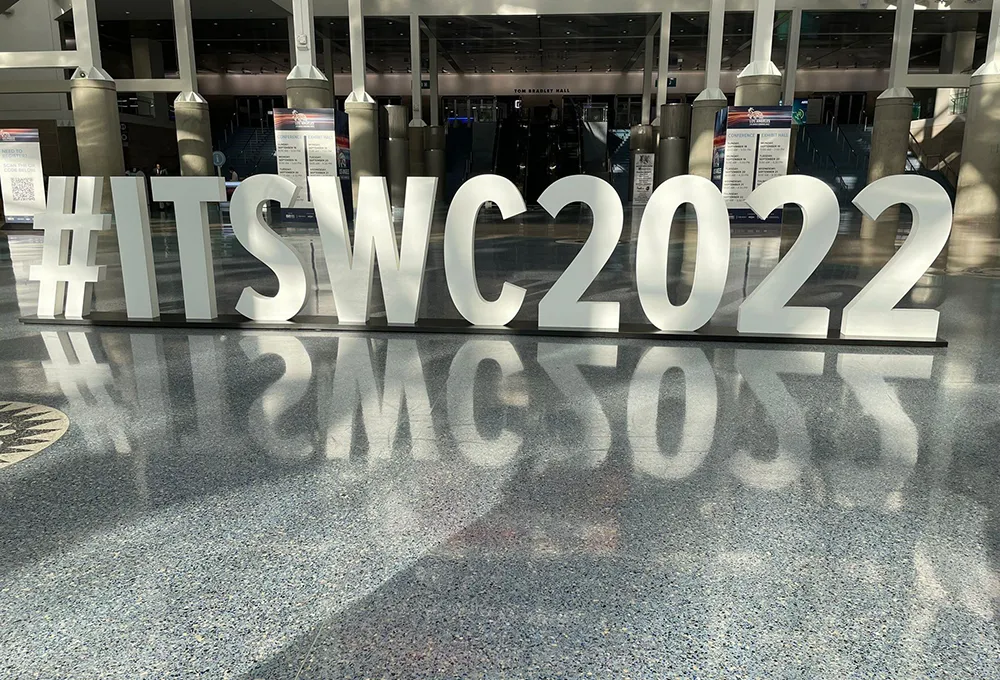Moxa has announced a new series of EN50155 Ethernet switches which satisfy the strictest railway industry standards. To deliver the tough performance required by complex railway and road communication systems, ToughNet series products have rounded M12 connectors to endure and withstand persistent and frequent vibration or shock. The company says the design concept emphasises the highest level of reliability and availability by offering strong EMI immunity, a -40 to +75°C operating temperature range, IP54/67
March 12, 2012
Read time: 2 mins
According to Moxa, one of the most important features is that the series supports Power-over-Ethernet which means that network builders can benefit from reduced field wiring and installation costs, while the Gigabit bandwidth enables real-time performance for passenger comfort and security.
"Because of bandwidth and component standardisation issues, conventional train communication networks are limited by this inability to support multiple services. Industrial Ethernet is now leading the way to enable high-bandwidth backbone to satisfy the increased passenger comfort and security requirements," says Andy Cheng, Product Manager of Moxa's Power and Transportation Division. "There are more than 100 ToughNet models to choose from and each model is designed and developed to fit a specific communication infrastructure. The product line covers Fast Ethernet, Gigabit Ethernet, Power-over-Ethernet and DIN-rail or panel mounting options. In addition, ToughNet products are also compliant with NEMA TS2 and eMark for road traffic control and onboard vehicle applications."









